Discover how to make Lazy Cheese Balls Varenyky in just 30 minutes! This quick, kid-friendly recipe is perfect for busy days. you can freeze them later. Enjoy a traditional Ukrainian dessert with minimal effort.
With simple ingredients like cottage cheese, flour, and eggs, you can whip these up in no time. The best part is they’re incredibly kid-friendly, making them a hit with the whole family.
Once cooked, you can enjoy them fresh, or freeze them for a later meal. These little cheese-filled pockets are a great way to bring a traditional Ukrainian dessert into your kitchen with minimal effort. Plus, they are versatile enough to be served as a snack, side dish, or even a light main course.
Directions
0/0 steps made- Combine the cottage cheese, egg, sugar, vanilla, and baking soda in a large bowl. Mix well until the ingredients are fully incorporated.
- Gradually add the flour, mixing until the dough comes together. The consistency should be similar to that of cheese pancakes (syrnyky).
- Roll the dough into small balls, about the size of a walnut.
- Bring a large saucepan or pot of water to a boil, adding a pinch of salt.
- Carefully drop the cheese balls into the boiling water. Cook for about 20 minutes, or until they float to the surface.
- Remove the balls with a slotted spoon and place them on a plate.
- While they are still hot, add a pat of butter on top. The butter will melt into a lovely golden sauce. Optionally, sprinkle with sugar or powdered sugar.
- Garnish with fresh mint leaves.
Cooking Time
Preparation Time: 10 minutes
Cooking Time: 20 minutes
Total Time: 30 minutes
Preparation Time. About 10 minutes to mix the ingredients and form the cheese balls.
Cooking Time. Approximately 20 minutes. Boil the cheese balls until they float to the surface, indicating they are cooked through.
Total Time. Around 30 minutes from start to finish, including mixing, forming, and boiling the cheese balls.
Health Benefits of Lazy Cheese Balls Varenyky
High in protein. The cottage cheese and egg provide a good source of protein, which is essential for muscle repair and overall health.
Calcium-rich. Cottage cheese is a great source of calcium, supporting strong bones and teeth.
Satiating. The combination of protein and carbohydrates helps keep you full, making it a satisfying snack or dessert.
Digestive benefits. Cottage cheese contains probiotics that can support gut health, aiding in digestion and maintaining a healthy balance of bacteria.
Quick and Easy. This recipe is perfect for busy days when you need a quick dessert that doesn’t require much effort.
Freezable. You can make a large batch of these cheese balls and freeze them for later, which is convenient for unexpected guests or when you want a quick treat.
Kid-Friendly. The soft texture and mild flavor are often a hit with kids, and you can get creative with the presentation to make it even more appealing.
Risks for Health
High in carbohydrates. The flour and sugar in the recipe add significant carbohydrates, which might not be suitable for those managing their carb intake.
Caloric density. With butter and sugar, these cheese balls can be high in calories, potentially contributing to weight gain if consumed in large amounts.
Sodium content. Cottage cheese can be high in sodium, which might be a concern for individuals with high blood pressure or those watching their salt intake.
Limited nutritional diversity. While this dish offers some protein and calcium, it lacks a variety of nutrients. It should be enjoyed as part of a balanced diet rather than a primary food source.
Allergens. This recipe contains dairy and eggs, which can be problematic for individuals with lactose intolerance or egg allergies.
Tips for Making Lazy Cheese Balls Varenyky
Use fresh ingredients. Ensure your cottage cheese and other ingredients are fresh for the best flavor and texture.
Check for doneness. The cheese balls are ready when they float to the surface. If you want to be sure, you can cut one open to check if it’s cooked through.
Cool properly. Allow the cheese balls to cool slightly before adding butter or any toppings to prevent the butter from melting away too quickly.
Freeze for later. To freeze, place the cooked cheese balls in a single layer on a baking sheet and freeze until solid. Then transfer to a freezer bag. Reheat by boiling or microwaving as needed.
Customize toppings. Experiment with different toppings such as cinnamon sugar, fruit preserves, or a drizzle of honey for varied flavors.
Equipment
Mixing bowl. For combining the ingredients.
Measuring cups and spoons. To accurately measure the flour, sugar, and other ingredients.
Fork or whisk. For mixing the ingredients.
Slotted spoon. Gently remove the cheese balls from the boiling water.
Large pot. Bring water to a boil for cooking the cheese balls.
Baking sheet. If freezing the cheese balls before cooking.
Serving plate. Serve the cheese balls once they are cooked.
Varenyky vs Pierogi
The terms varenyky and pierogi both refer to delicious dumplings but come from different cultural backgrounds and have their unique characteristics.
Varenyky are from Ukrainian cuisine. These dumplings are usually filled with a variety of ingredients like potatoes, cheese, cabbage, or fruit.
The dough is typically made with flour, water, and sometimes eggs. They are often boiled and served with toppings like sour cream, onions, or melted butter.
Varenyky are a staple in Ukrainian meals and are often featured during holidays and special occasions.
On the other hand, pierogi come from Polish cuisine, though you’ll find similar dumplings in other Eastern European countries too.
Video by Western Development Museum
Pierogi are made with similar fillings, including potatoes, cheese, meat, or fruit, and the dough is also crafted from flour, water, and occasionally eggs.
These dumplings are usually boiled and then sometimes pan-fried or baked. Pierogi are a beloved dish in Poland and are also popular in countries with Polish communities.
They’re often enjoyed with sour cream and are a key part of many festive meals.
Interestingly, Ukrainian varenyky are sometimes referred to as pierogi in diaspora communities or older cookbooks.
Cottage Cheese Near Me
Walmart, Kroger, and Target offer cottage cheese in the USA. Whole Foods Market stocks it as well, along with online services like Amazon Fresh and Instacart, which provide convenient delivery options.
In the UK, major supermarkets like Tesco, Sainsbury’s, and Asda carry cottage cheese. Health food stores such as Holland & Barrett have it too, and online retailers like Ocado make home delivery easy.
Carrefour (France), Lidl, and Aldi sell cottage cheese in the EU. Local dairy shops and specialty stores are also good options, with online retailers like E.Leclerc (France) and Rewe (Germany) offering delivery services.
Woolworths and Coles stock cottage cheese in Australia. Health food stores and specialty shops may carry it, while Aussie Farmers Direct provides an online service for easy ordering.
Loblaws, Metro, and Sobeys carry cottage cheese in Canada. Whole Foods Market stocks it too, and online services like Instacart and Amazon Fresh offer home delivery.
In Japan, Aeon, Seiyu, and Daiei sell cottage cheese. International food stores stock it as well, and platforms like Amazon Japan, and Rakuten offer delivery services.
Availability may vary based on your specific location.

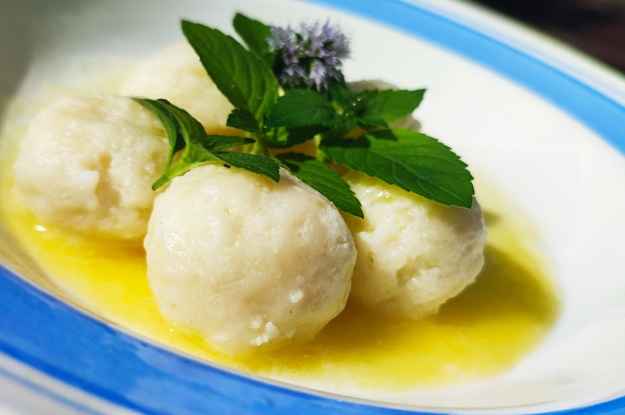
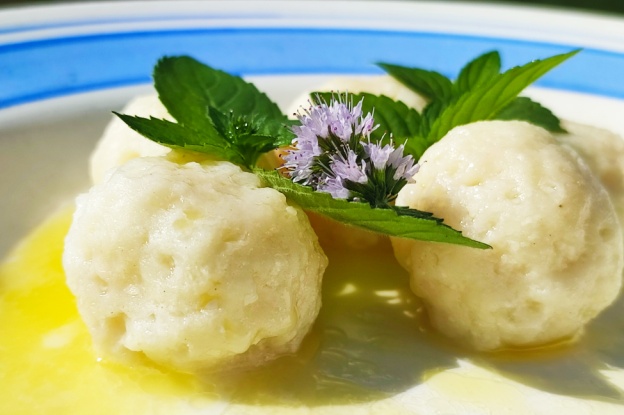
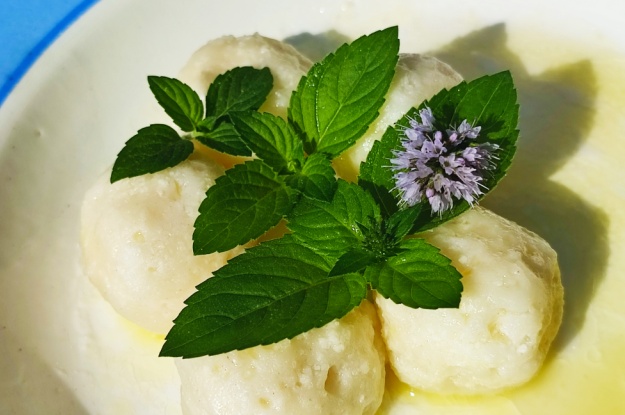
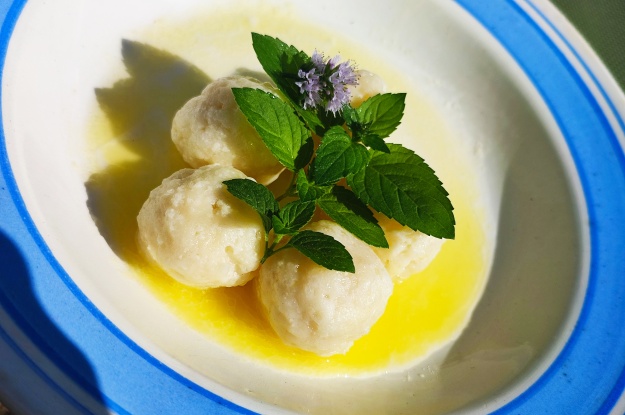
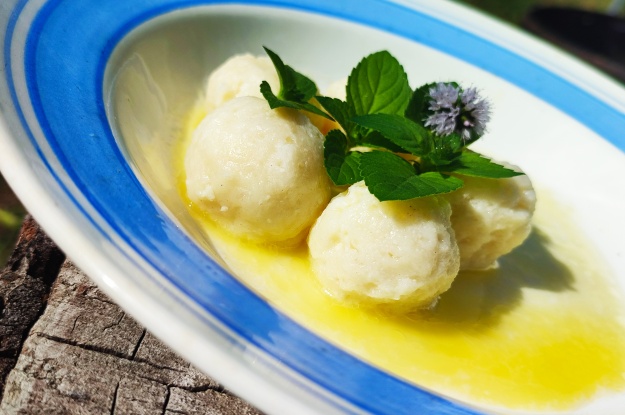
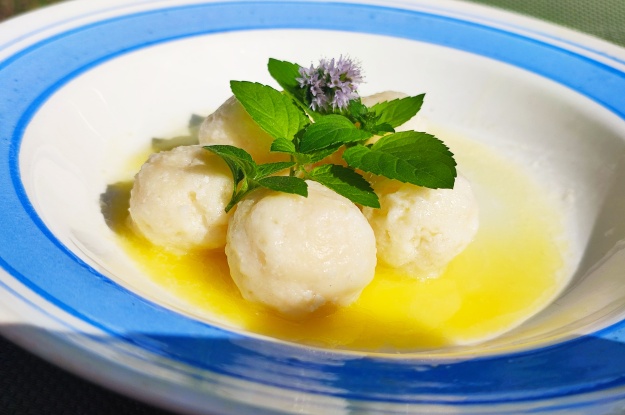
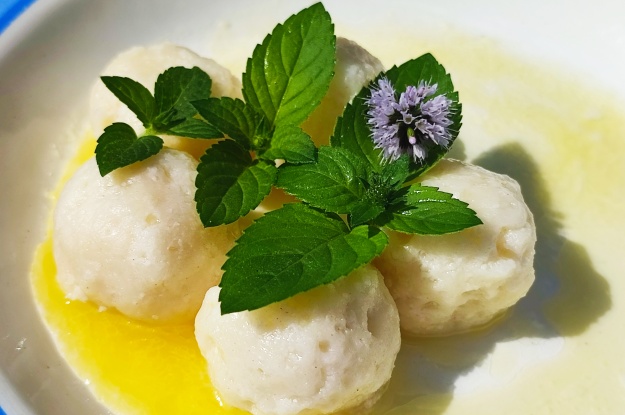
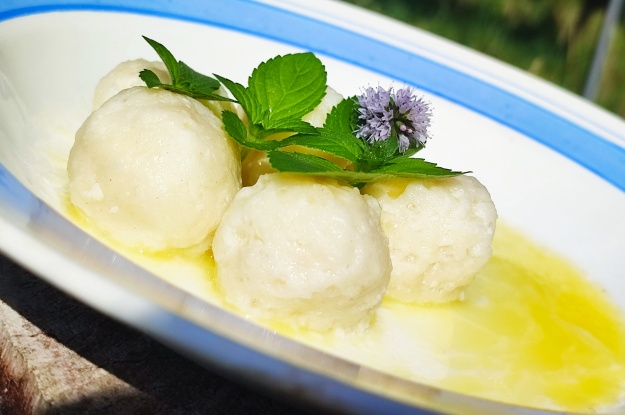


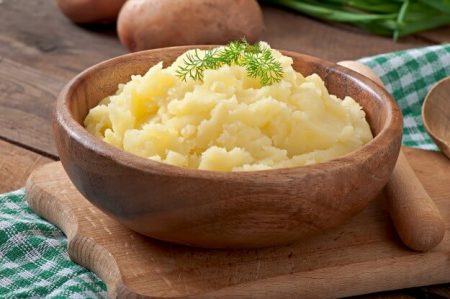
Recent comments